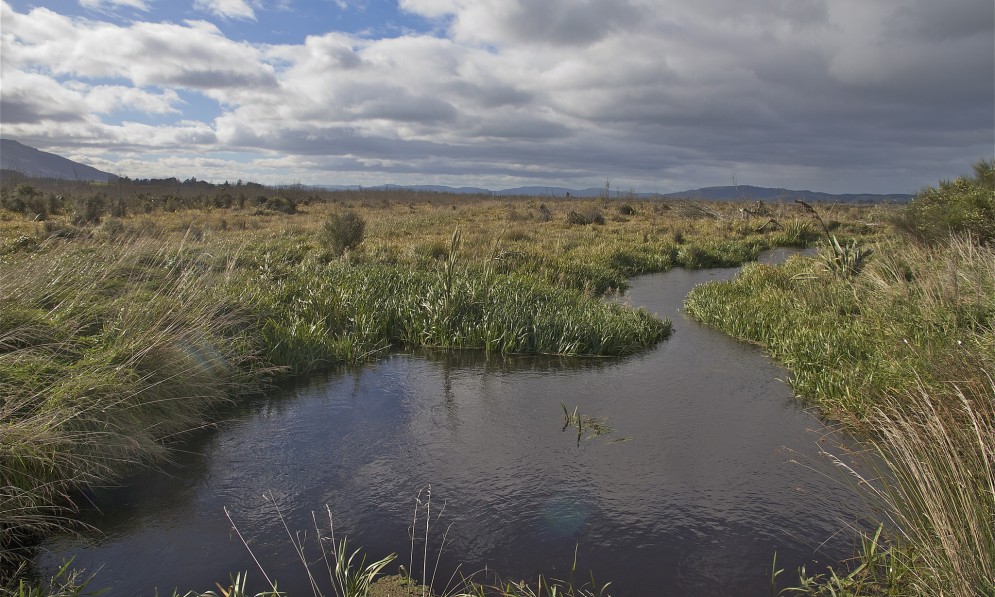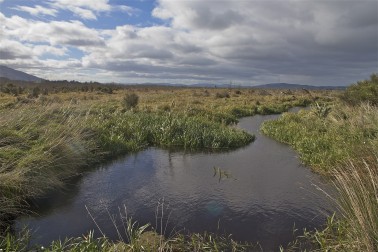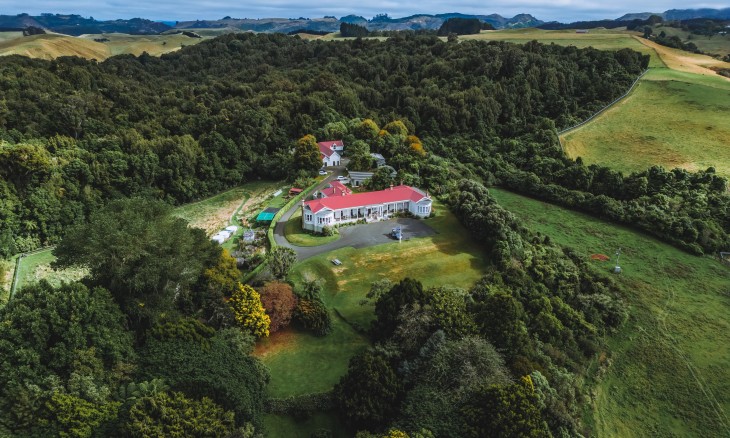Why it matters
Ninety percent of New Zealand’s original wetlands have been destroyed by agricultural and urban development – and are still disappearing.

Sinclair Wetland. Credit: Steve Attwood
Every wetland counts
Wetlands are climate heroes – they can store large amounts of carbon and increase climate resilience to floods.
Forest & Bird, along with 10 other non-governmental organisations, are campaigning for the Government to double the extent of New Zealand's wetland's by 2050.
Read more about that here.
In Southland alone, the regional council estimates that 10 percent of their wetlands have been drained since 2007.
Wetlands play a vital ecological role
- Wetlands provide unique habitat for threatened plants, birds, and fish, and they also improve water quality and reduce flood risks to nearby communities
- Healthy peat bogs lock up large amounts of carbon, making them essential for managing climate change
- A fifth of native bird species use wetlands as their primary habitat, relying on a linked series of wetlands for resting and feeding
Wetland ecosystems are recognised internationally by the Ramsar Convention, and seven New Zealand wetlands have been recognised under this covenant due to their environmental significance.
The Department of Conservation is responsible for managing our Ramsar sites, but in cases like the vast Whangamarino wetland in the Waikato, their efforts are hampered by poor management by regional council.
What is Forest & Bird doing?
- We advocate for regional councils to do more to protect wetlands—by better managing of surrounding agriculture, enforcing rules to prevent illegal wetland drainage, and working with the community, iwi, and DOC to restore wetlands that have become degraded
- Forest & Bird is one of two environmental NGO partners to the New Zealand Ramsar convention
- Our branches are restoring wetlands around the country, with plantings and pest control











